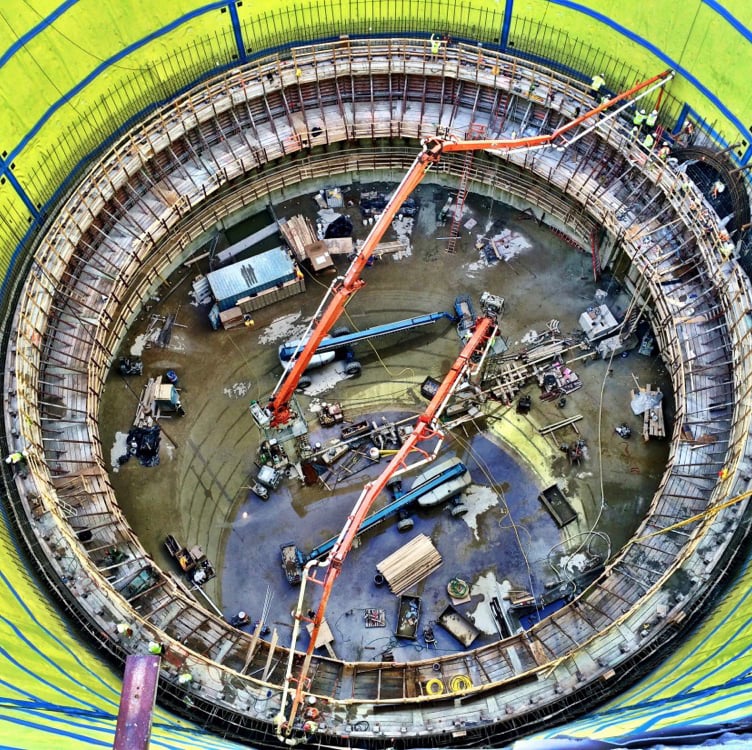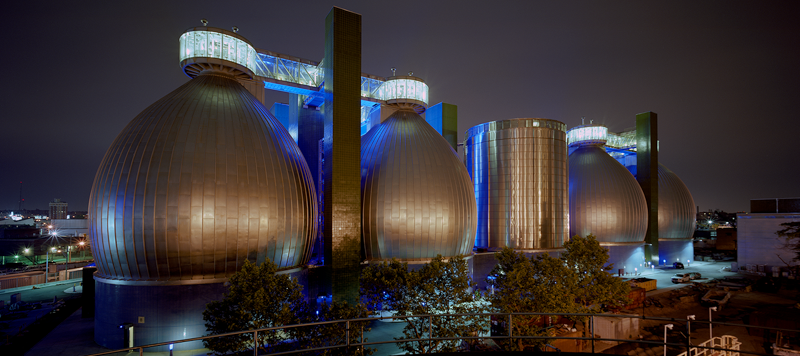Location
Washington DC, United States
Our Impact:
Sustainability
Our Specialist Brands:
TYLin
Expertise:
Water
A project to clean up and reclaim a capital’s waterways
Like many cities in North America, Washington’s first sewers were built in the 19th century. In these systems, both stormwater and building sewage go into one big pipe – which can become overwhelmed by heavy storms, sending untreated waste directly into rivers. All three major waterways surrounding the capital city – the Anacostia and Potomac rivers and Rock Creek – experienced these combined sewer overflows regularly, causing high levels of bacteria, harming aquatic ecosystems and posing a risk to human health.
DC Water’s Clean Rivers Project is designed to capture and clean wastewater during rainfalls before it ever reaches these rivers. As program manager for this $3 billion capital improvement program, Greeley and Hansen – TYLin’s water specialist, is working to develop plans and infrastructure projects that will reduce overflows and improve water quality for future generations.
To reduce sewer overflows and the flooding and pollution it generates, the Clean Rivers Project uses both grey and green infrastructure to tackle the problem of excess stormwater on various fronts.
Green infrastructure like bioretention facilities, permeable pavements and green roofs reduce the amount of stormwater that needs to be captured and diverted by increasing the amount of water that can be absorbed where it falls. This transformation of the urban surface will additionally help to keep up with the increasing extreme precipitation events caused by climate change, in a cost-effective way.
For the Rock Creek and Potomac watersheds, our team developed a green infrastructure plan blended with gray infrastructure – which includes hydraulic and diversion structures and sewers, pumping stations and conveyance and storage tunnels.
The largest and most high-profile projects underway are a series of enormous tunnels – 23 feet wide and totaling 18 miles – being dug under the city to capture the extra stormwater and waste.
The landmark Clean Water Act in 1972 set a goal of having swimmable and fishable rivers. After decades of work, Washington D.C. is nearing the day when it will be safe for its people to jump in, or to cast a line and eat their catch.
Local rivers have been receiving their highest river report scores to date, with drastic improvement in the Potomac River, and the Anacostia River passing its first annual health-check in ten years.
With the final tunnel slated to begin service in 2030, the project should achieve its goals of reducing sewer overflows annually by 96 percent, decreasing the chance of flooding, and reducing the nitrogen that is discharged to the Chesapeake Bay by approximately 1 million pounds per year.
Location
Washington DC, United States
Our Impact:
Sustainability
Our Specialist Brands:
TYLin
Expertise:
Water



A state-of-the-art groundwater reservoir designed to supply the desert city of Abu Dhabi with freshwater.
